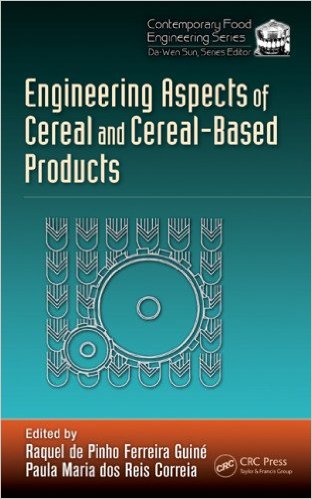CI: What does it mean to be “premium”?
DL: At the core, sustainable and successful premium products must create a greater value for the consumer than other products. For chocolate, this means creating a premium experience driven by quality of taste and texture, packaging, image and perception and communication.
We at Lindt consider the premium difference to include every step of the chocolate-making process. Premium chocolate is truly an experience to be savored and appreciated.
Unlike mass-produced chocolate, premium chocolate undergoes an intensive and complex refinement process that takes hours and hours to ensure a smooth, luxurious texture.
Moreover, premium chocolate uses only the finest ingredients, including rare cocoa beans and superior-grade cream/milk and sugar, to create the ultimate chocolate tasting experience.
CI: What is the importance of offering premium products?
DL: The American palate is becoming increasingly sophisticated, and consumers are consistently demonstrating their appreciation for premium chocolate connoisseurship. Nearly 20% of Americans – primarily Baby Boomers, ethnic consumers, higher education, higher income, and younger consumers – seek out gourmet and premium products. This increased demand leaves a gap to be satiated by the true premium brands and products in the premium chocolate category.
CI: How has the premium sector changed in the last year?
DL: As mentioned, American consumers are continuing to develop a preference for premium products. True premium brands and products have continued to grow in the last year while “premium pretenders” first rose, then declined or dropped out of the market.
CI: Are consumers still seeking out premium products despite the economic downturn?
DL:During an economic downturn, we have observed a “less is more” trend, as long as the product is high quality. In difficult times when people feel the need to cut back on big purchases, many are still looking to indulge in simple luxuries, including premium chocolate. For this reason, the premium industry has remained strong.
CI: How much more are consumers willing to pay? Is it worth it? How are sales?
DL: Consumers are looking for simple luxuries and are willing to pay more for quality products. Still, the premium chocolate segment in the United States remains underdeveloped. While the premium category represents 20-30% of sales in Europe, U.S. premium chocolate currently represents approximately 10% of sales. The segment seems to be moving into a new cycle of major growth.
CI: What do you see for the premium sector in the next three to five years?
DL: There is currently an underlying trend of “trading up” in many areas of public consumption, including chocolate. In particular, the underdeveloped premium chocolate segment in the United States will benefit from this trend substantially, due to significant opportunities driven by demand from consumers. We expect to see significant growth and development over the next few years to come.
Additionally, the premium chocolate category will continue to evolve and grow with the help of various trends, including craft chocolate making, savory-inspired flavors, exotic flavors, and high cocoa content products.







